Affiliate links on Android Authority may earn us a commission. Learn more.
Sony Xperia XZ1 and XZ1 Compact hands on
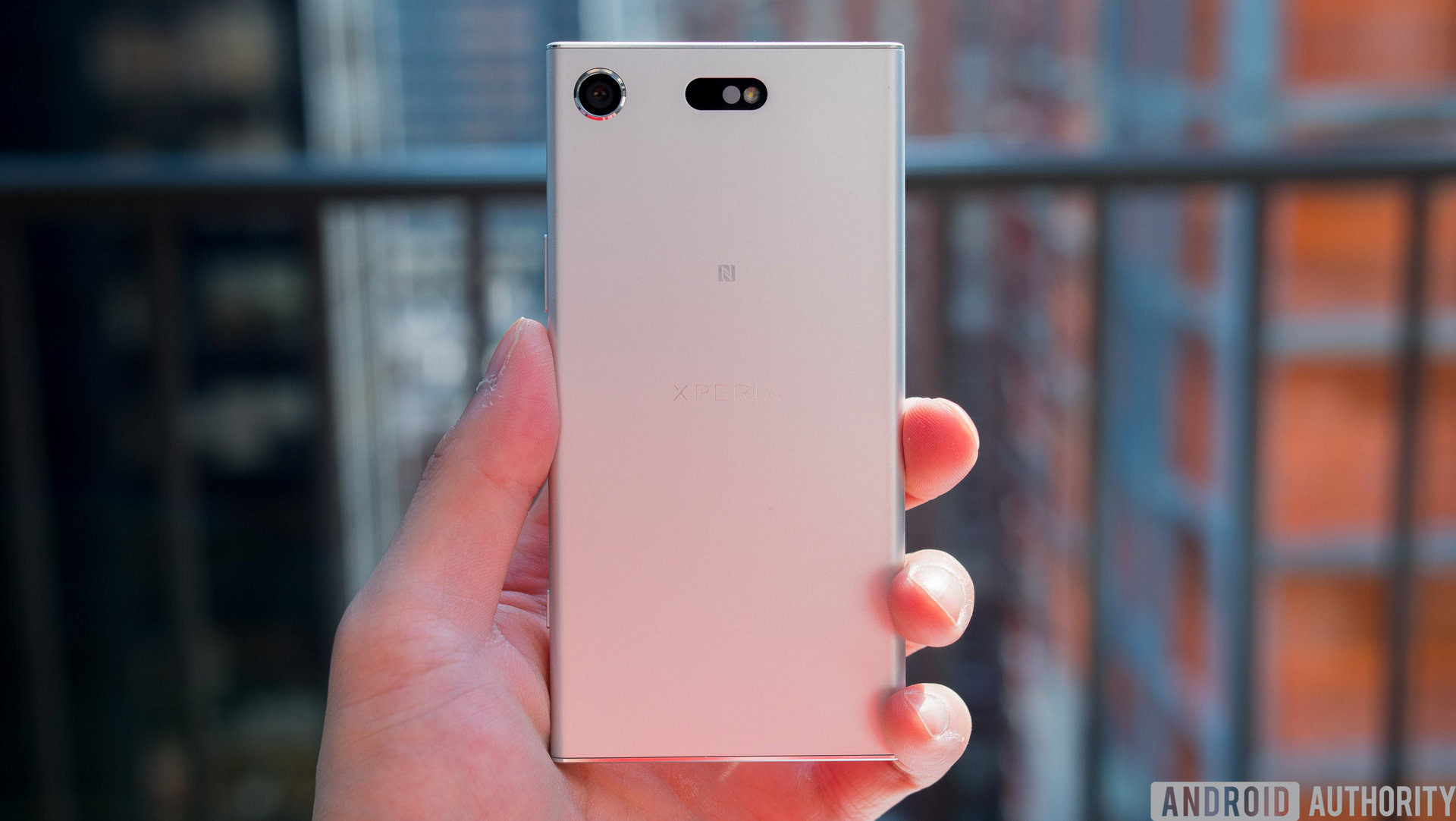
Sony may have released the Xperia XZs and Xperia XZ Premium earlier this year, but that’s not stopping the company from churning out even more high-end devices. Today at IFA 2017, Sony announced two new flagship devices, the Xperia XZ1 and Xperia XZ1 Compact.
As the names may suggest, we’ve got the same flagship in two sizes this time around. Can they challenge the rest and become the best? Or is it a case of the same-old from Sony, as it aims to continue its resurgence from its previous struggles? Let’s find out as we take a look at the Sony Xperia XZ1 and Xperia XZ1 Compact.
Related: Sony Xperia XZ1 and XZ1 Compact officially announced | Sony Xperia XZ1 and XZ1 Compact specs
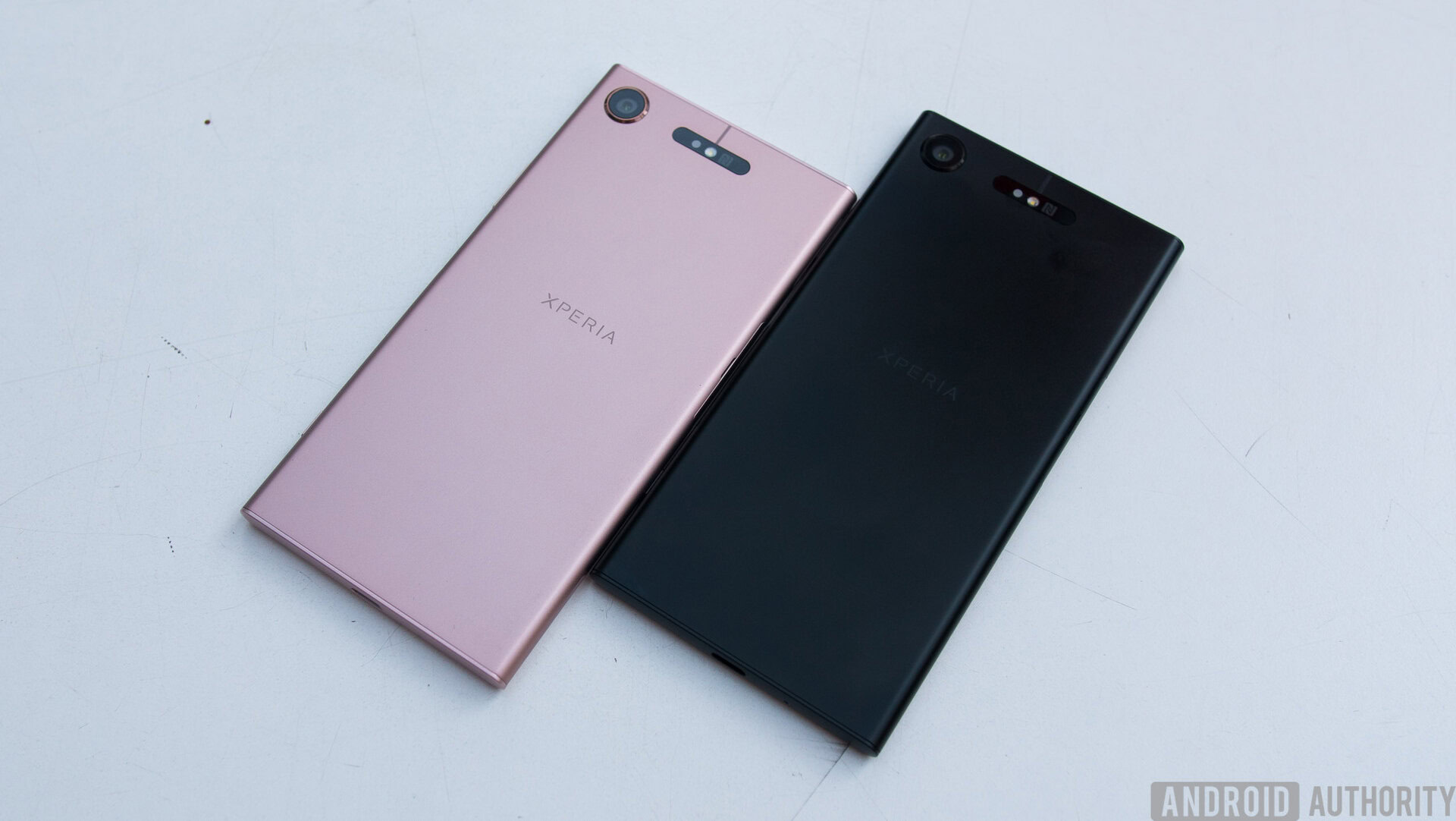
Looking at both of these devices, it’s clear that they have inherited the design language of previous Sony phones, including the large bezels at the top and bottom. With the rest of the industry moving to an all-screen, minimal-bezel design, Sony’s smartphones stand out and not for the right reasons.
With the rest of the industry moving to an all-screen, minimal-bezel design, Sony’s smartphones stand out for all the wrong reasons
Sony has made good use of the large bezels however, with both devices sporting front-facing speakers. Traditionally, Sony hasn’t had the best speakers compared to the competition, but the company says its new S-Force Surround sound speakers utilize a new Smart Amp to deliver a 50-percent increase in sound pressure. Coupled with High-resolution Audio and support for DSEE HX, LDAC, and AptX-HD, this will hopefully mean an audio experience that can rival most smartphones, although we weren’t able to accurately test this.

Although the Xperia XZ1 Compact is a smaller version of the Xperia XZ1, there are some design differences between the two handsets. The XZ1 comes with an all-metal body and Sony’s Loop Surface design that gives you rounded sides, as well as a slightly rounded top and bottom that makes the phone look a little less square and more comfortable to hold in the hand.
The regular Xperia XZ1 definitely feels like the higher-end device of the two
In comparison, the Xperia XZ1 Compact is a little squarer in its design, though the body is made mostly out of plastic. Sony says this plastic is woven with glass to make it tougher, however. There are also metal plates on the top and bottom to make it feel a little more premium, but the regular Xperia XZ1 definitely feels like the higher-end device of the two. As the name suggests, the compact nature of the handset means it’s really easy to use in one hand.
Sony’s Compact range has traditionally offered the power and performance of its flagship device in a smaller body, and that’s absolutely the case here. Despite the smaller size, the Xperia XZ1 Compact packs the same guts as the regular Xperia XZ1, making it one of the most capable small smartphones on the market.
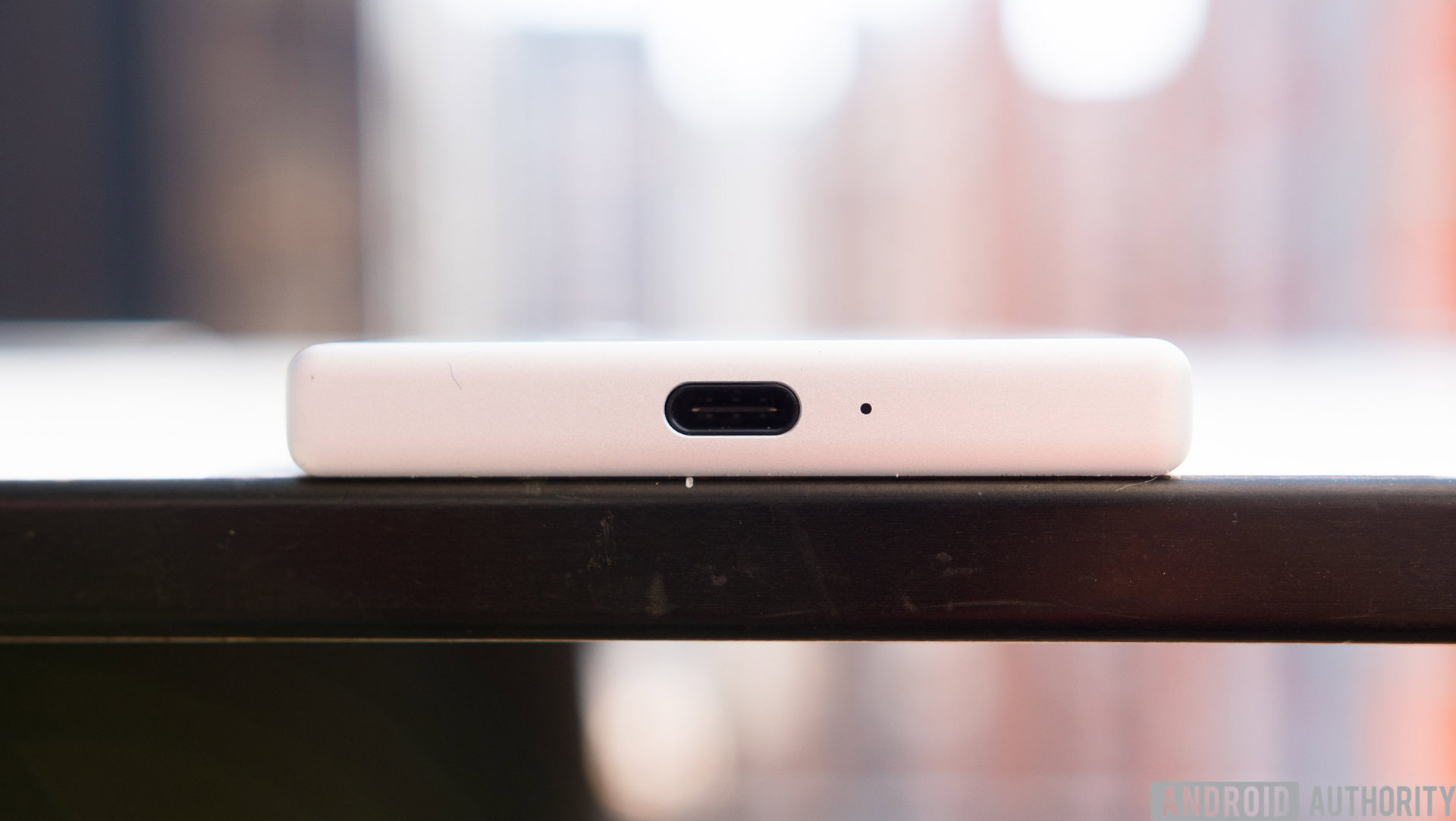
Both devices are powered by a Snapdragon 835 processor with 4 GB of RAM and feature a 2,700 mAh battery, IP68 dust and water resistance, and microSD card expansion slots. On the storage front, the Xperia XZ1 comes with 64 GB of internal storage as standard, while the Xperia XZ1 Compact has a still-respectable 32 GB of built-in storage.
There’s also a fingerprint sensor built into the power button, but as is the case every year, this feature won’t be present on US models.
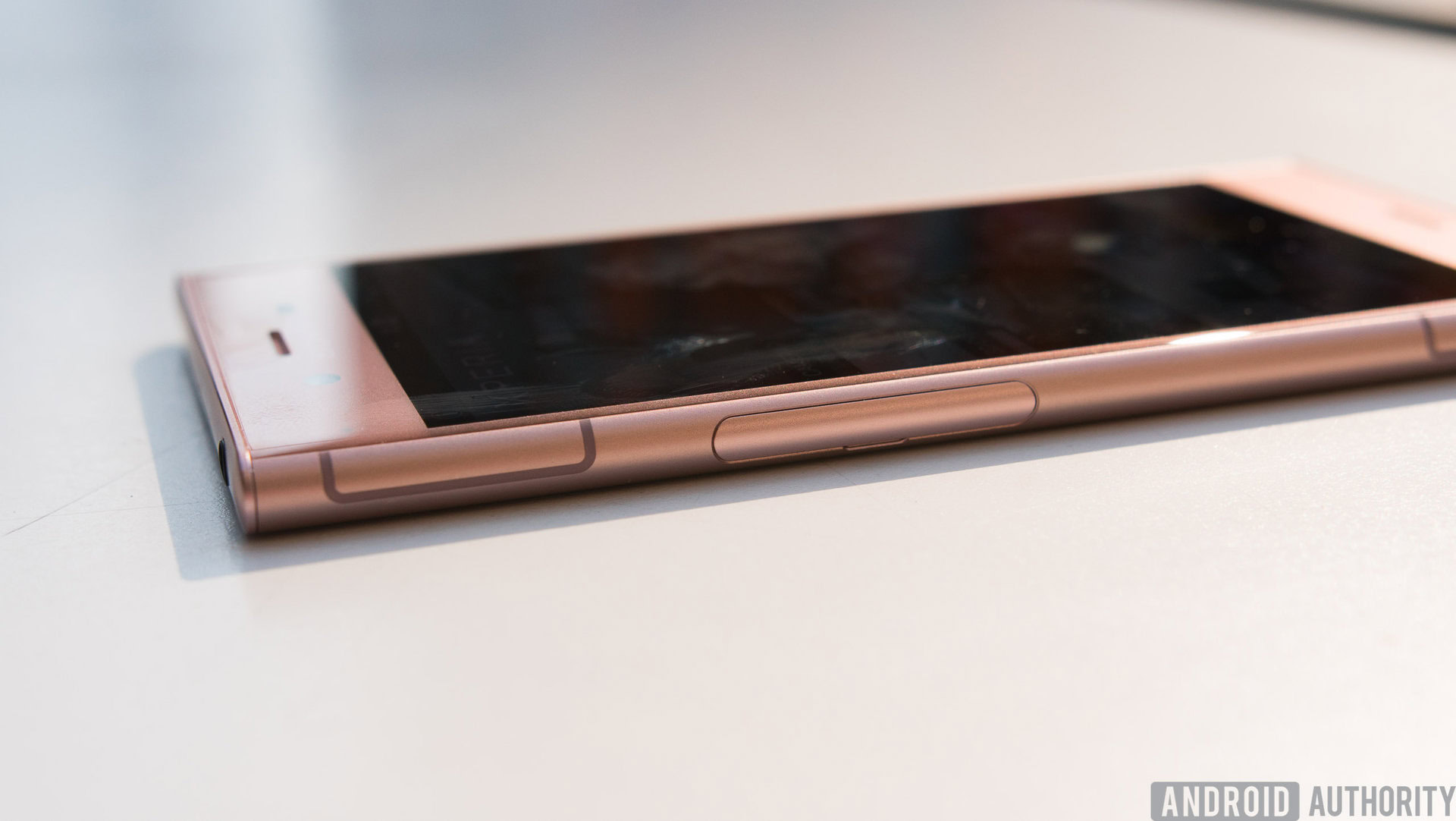
The Xperia XZ1 will be available in single-SIM or dual-SIM variants depending on the market, and comes with LTE Cat 16 support with Gigabit LTE, 4×4 MIMO, and Bluetooth 5.0. At 7.4 mm thin it’s not the slimmest smartphone on the market, but does feel rather nice in the hand, especially with the inclusion of Sony’s Loop Surface design. The Xperia XZ1 Compact meanwhile only comes with in a single-SIM model and won’t support Gigabit LTE, with the fastest data speeds being reserved for the XZ1 flagship.
Sony says it is working with partners to bring native HDR streaming support to the XZ1
On the front, both devices come with Sony’s Triluminos displays. The Xperia XZ1 Compact has a 4.6-inch 720p display of 600 nits brightness, while the regular XZ1 has a 5.2-inch Full HD display that is HDR rated and goes up to 700 nits brightness. Sony says it is working with partners such as YouTube, Amazon Prime Video, and Netflix to bring native HDR streaming support to the XZ1.
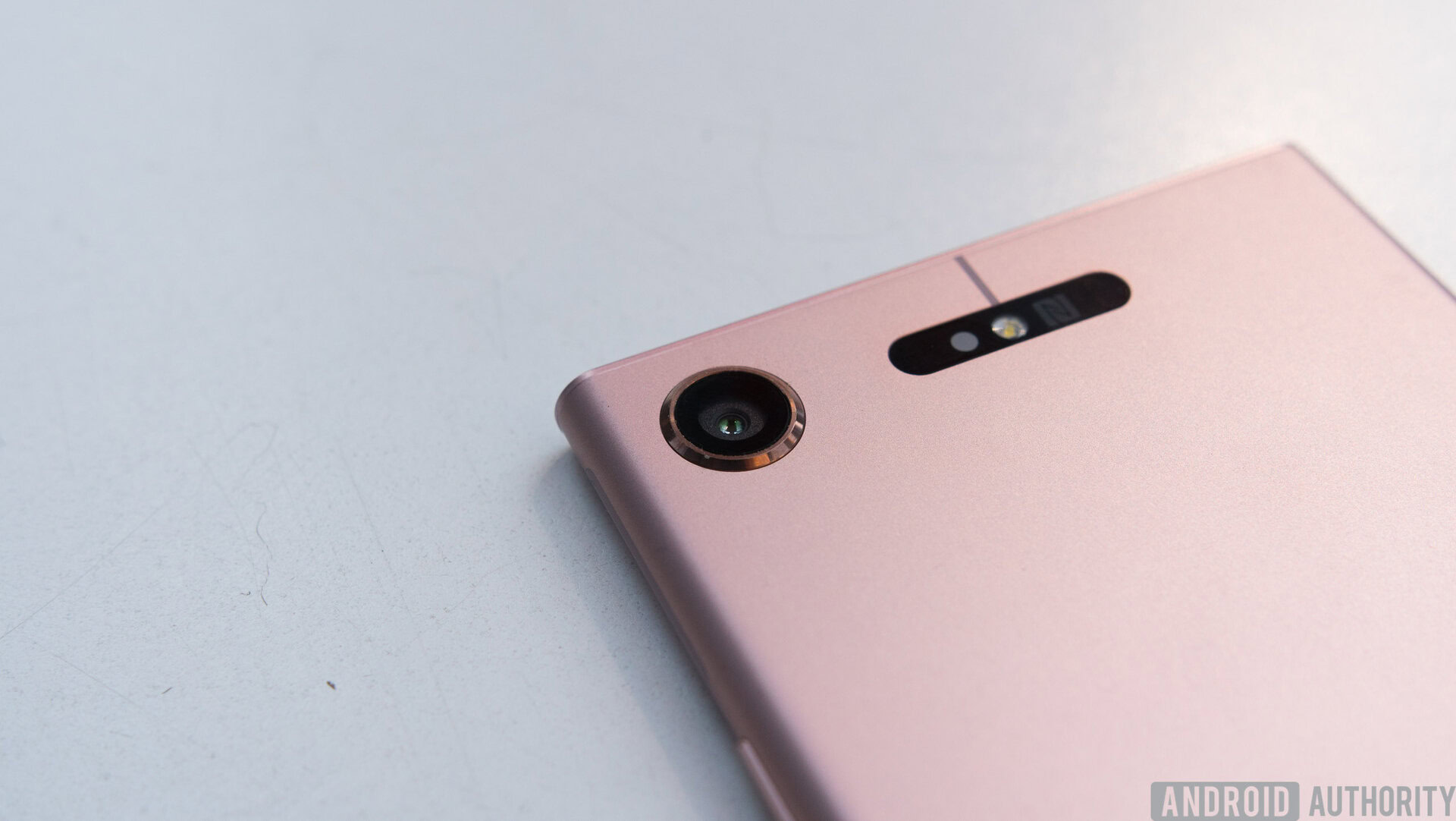
Sony hopes that its Motion Eye camera will draw attention to its new smartphones
While many other OEMs are focusing on displays as a key differentiator, Sony is sticking to what it knows best, and it hopes that its Motion Eye camera will draw attention to its new smartphones. Both devices come with a 19 MP rear camera that Sony is dubbing Motion Eye, which is coupled with a 25 mm-wide G lens, an f/2.0 aperture and a pixel size of 1.22 µm. There’s also Sony’s triple image-sensing technology, predictive hybrid auto-focus, steady-shot 5-axis stabilization and the standout feature from the Xperia XZ Premium: 960 fps Super slow-motion video.
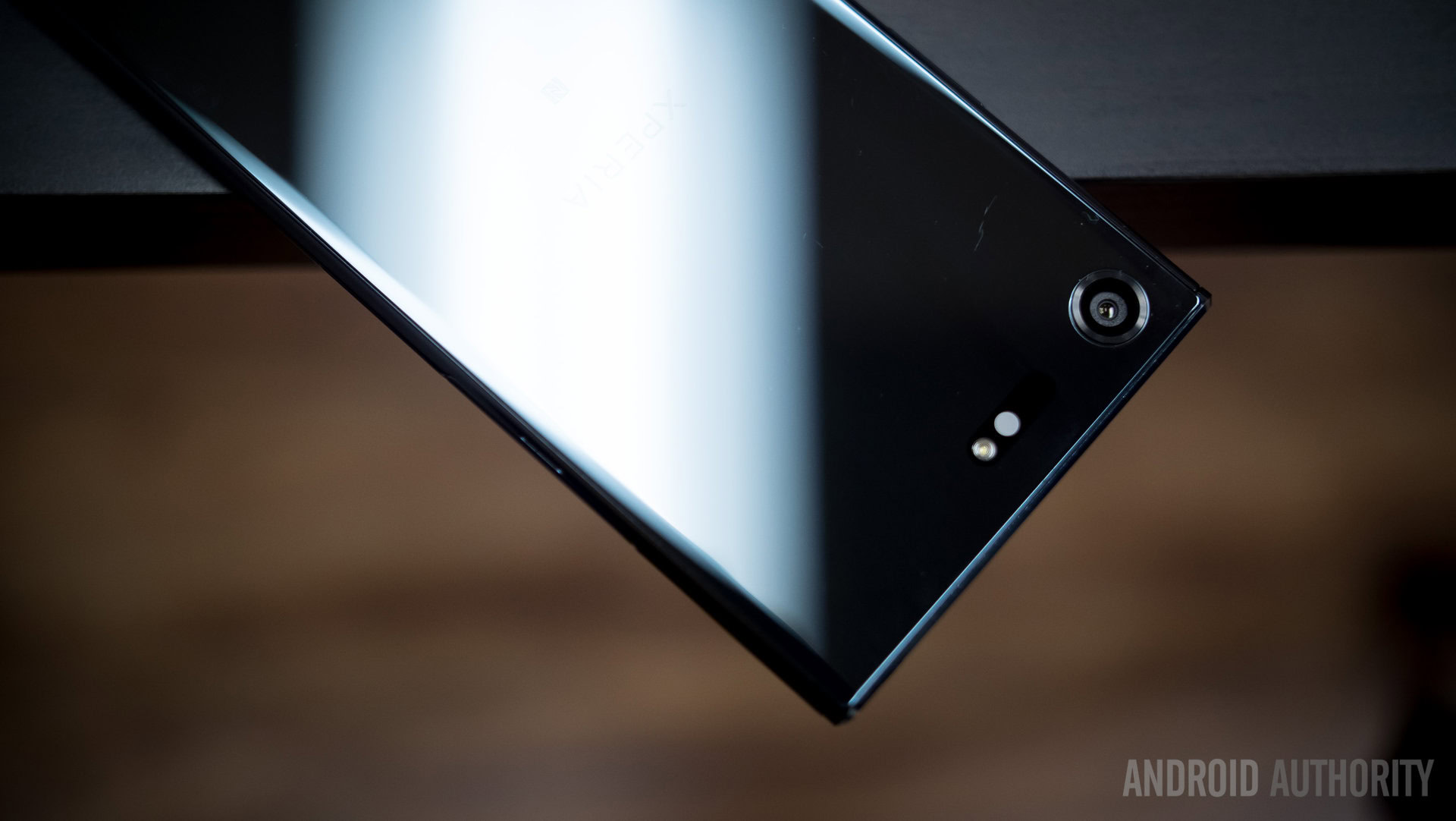
Sony says that its Motion Eye technology allows the camera to capture unexpected emotion such as a child smiling. It does this by capturing photos a couple of seconds before the actual photo is taken. The camera’s predictive focus mode means that even with unexpected motion, the camera takes pictures that are in focus without the usual motion blur found on other devices.
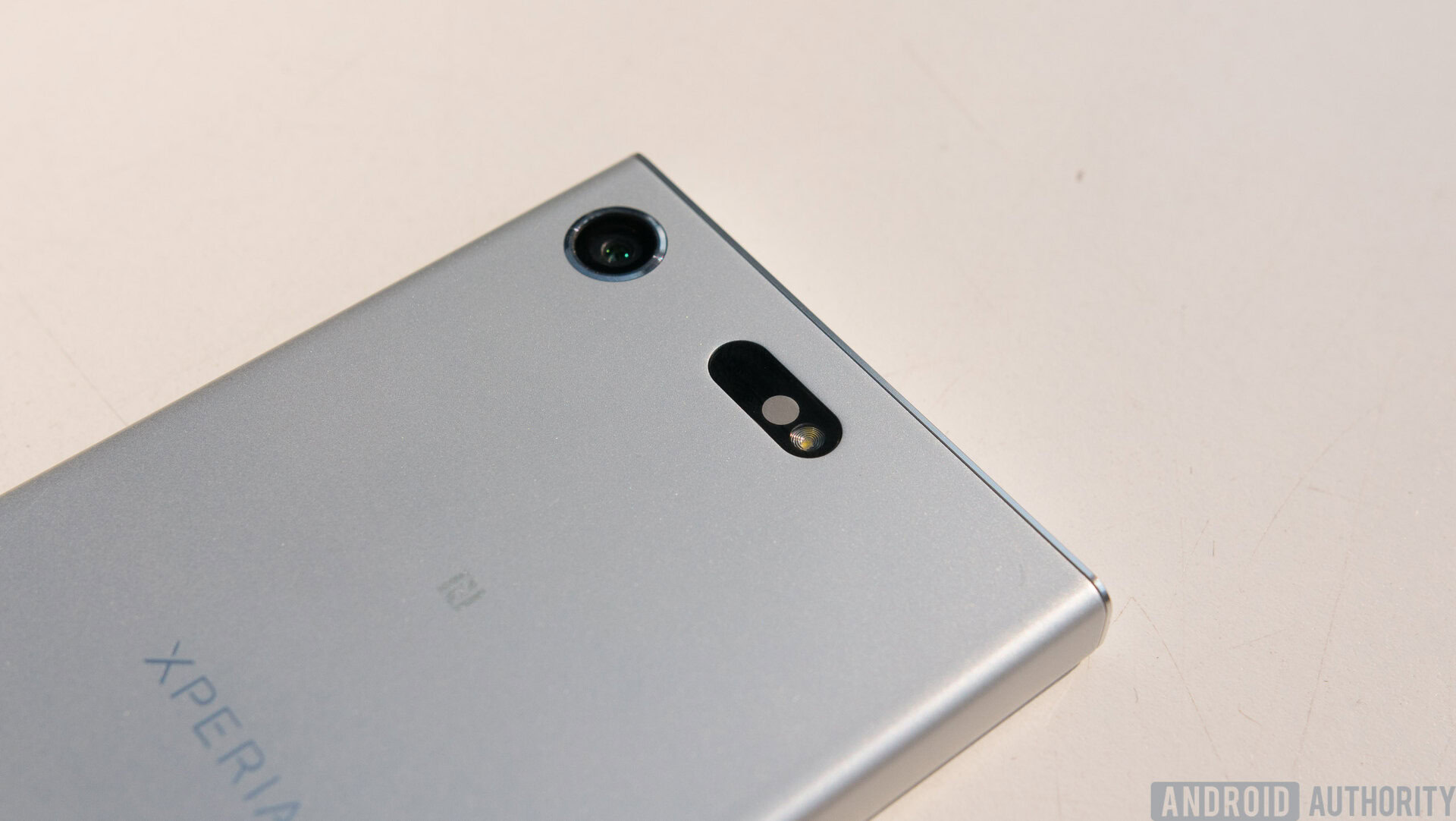
The real standout feature in this year’s camera is the new Motion Eye 3D feature
The real standout feature in this year’s camera is the new Motion Eye 3D feature, which wants to rethink what’s possible with mobile photography. Essentially, this feature allows you to map a 3D image of pretty much anything from people to food, and then use it in several different ways.
In our short demo, Sony showed off the face and head mapping features and both were excellent. For the face mapping, you simply pass the camera around the face once and Sony’s software maps it all together. To map a head in 3D, you’ll need to go through the same process, except this time you need to pass all the way around the person’s head. You’ll need a little space and the ability to get a top-down view, so we suggest having the subject sit on a short stool.
This could be the fastest way to create a life-like avatar for use in games
From here, there are several uses including creating custom wallpapers, an AR effect (where you put multiple of the mapped image in one picture), gaming, and 3D Printing. The latter two are both interesting use cases, especially for gamers. This could be the fastest way to create a life-like avatar for use in games. Sony has actually teamed up with 3D printing partners to allow you to print a face or full head with a lot of detail.
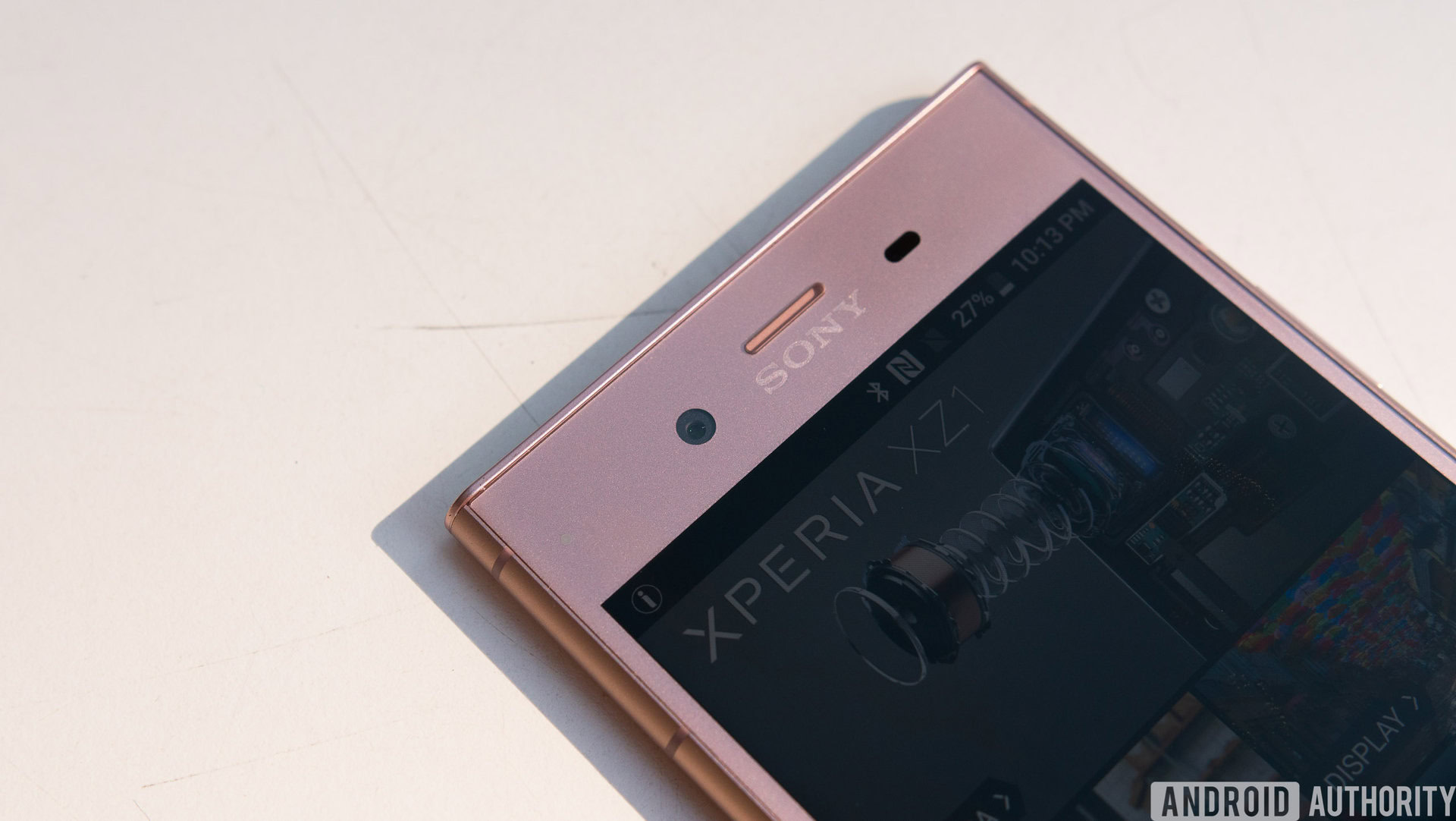
The Xperia XZ1 Compact is designed to be the ultimate selfie phone thanks to its ability to switch between two wide-angle modes. The regular 8 MP wide-angle mode – which is the same mode on the XZ1 – offers 22 mm focal length and a 90-degree field of view, while the super wide-angle mode has 12.5 mm focal length and 120-degree field of view. Sony’s camera UI lets you easily switch between these two modes, and Sony says the former is perfect for group selfies while the latter perfect for selfies where you want to also capture the background.
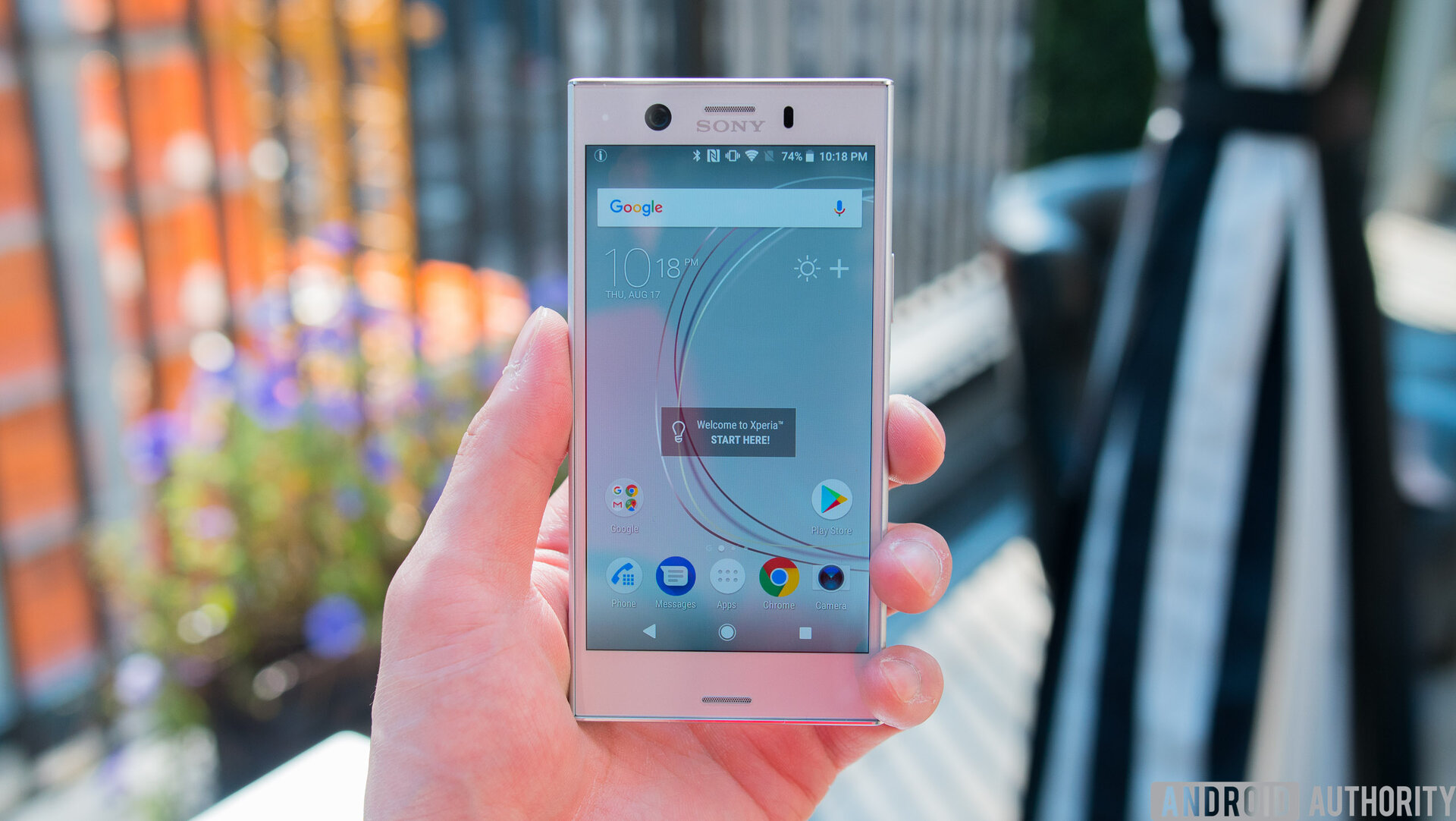
One of Sony’s largest issues to date has been slow software updates, but luckily you won’t have to wait to get the latest version of Android. Both the Xperia XZ1 and Xperia XZ1 Compact are the first smartphones announced that run Android 8.0 Oreo out of the box. Sony’s skin is looking pretty dated at this point, but have to applaud the company for including the latest OS right out of the box.
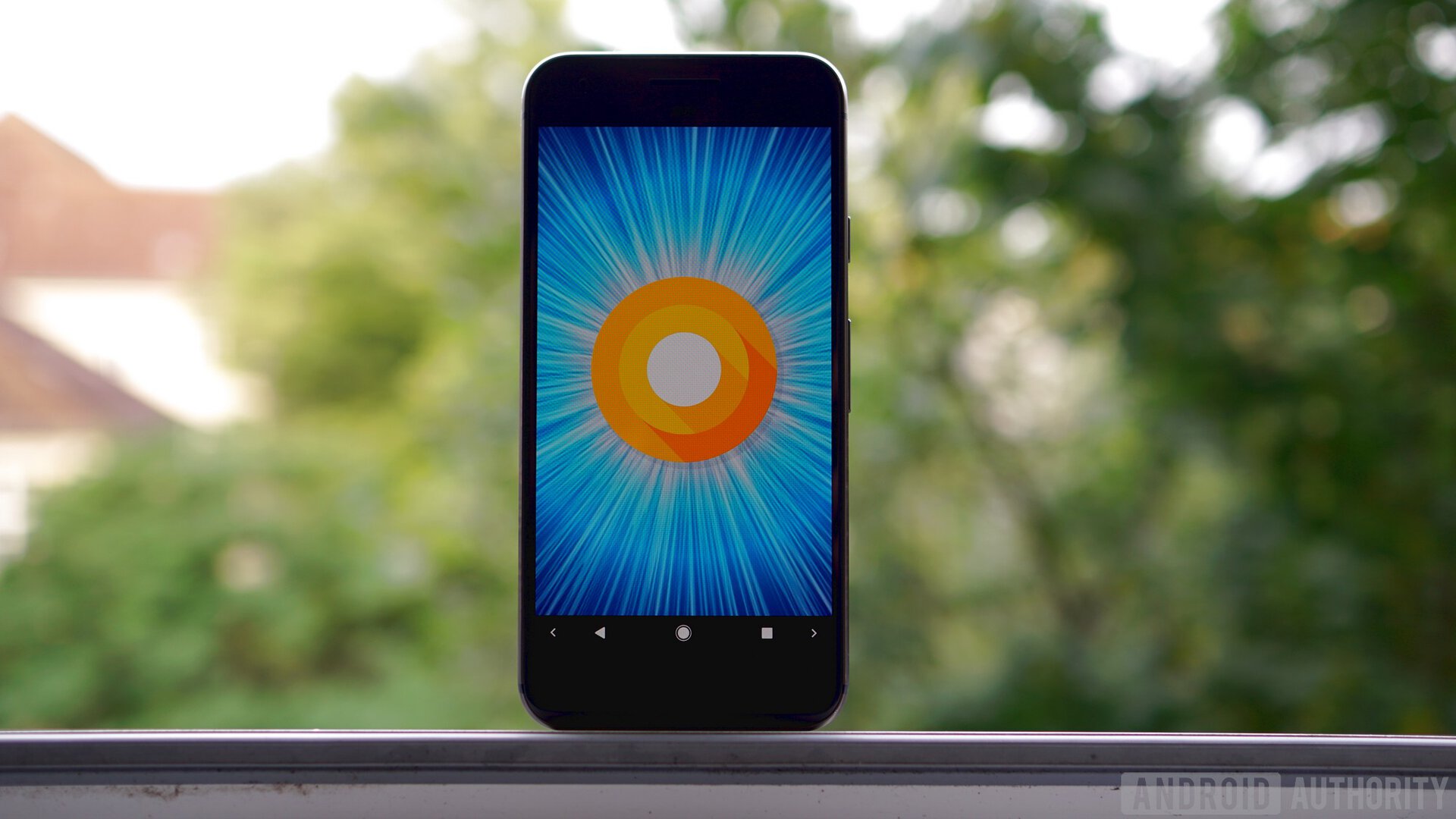
The Xperia XZ1 will be available in Black, Warm Silver, Moonlight Blue, and Venus Pink color options when it launches later this year, while the XZ1 Compact will launch in Black, Snow Silver, Blue, or Twilight colors. Availability will depend on the market.
That wraps up our hands-on with the new Xperia XZ1 and Xperia XZ1 Compact! We’ll bring you a full review of both of these devices in the coming months, but in the meantime, what do you think of Sony’s new devices? Are they enough to bring you back to the Sony camp?